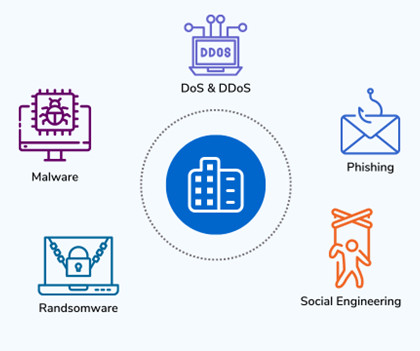10 Greatest Purchasing Books Ever Written
Supply Chain Opz
MARCH 31, 2015
What are the essential purchasing books you should read? In this article, we will uncover the best purchasing books to help you get the edge over competition. Background Historically, purchasing people are considered a kind of clerical workers who are expected to perform basic tasks such as document issuance and price negotiation.
















Let's personalize your content